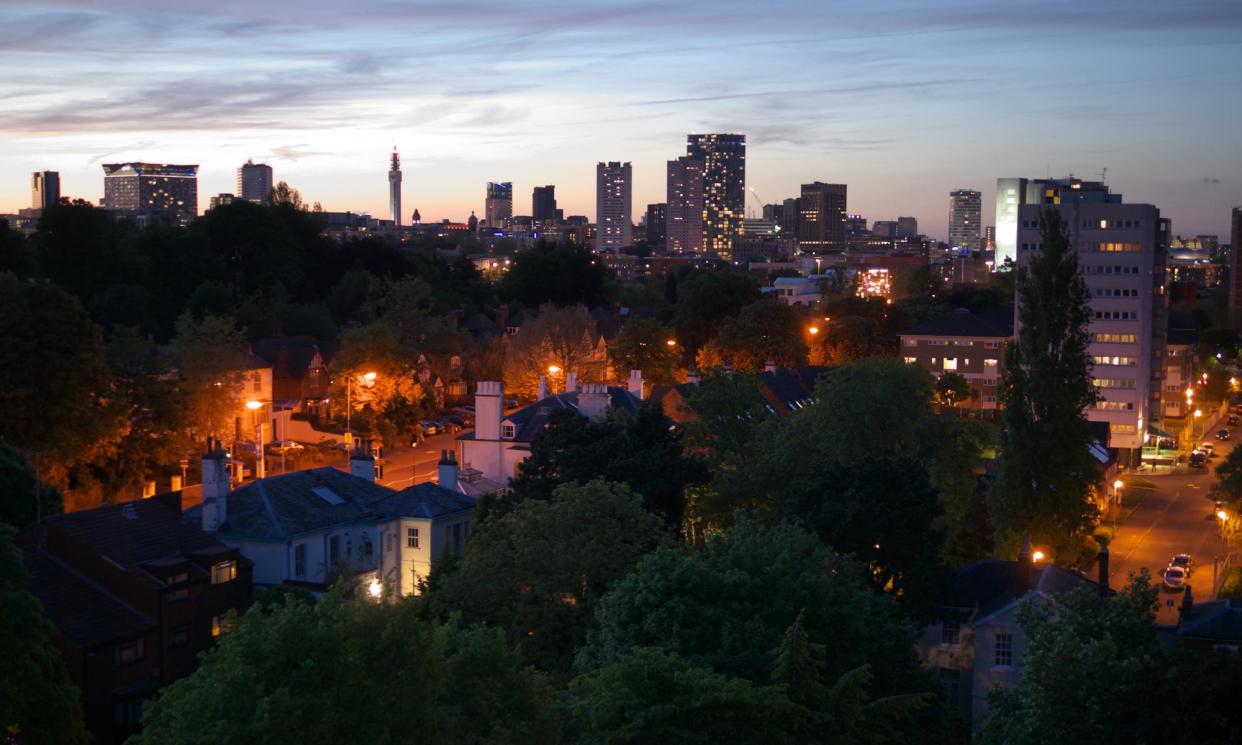Concern as more councils in England and Wales plan to turn off street lights

The county of Norfolk contains some of the best stargazing spots in the UK and was one of the few places where it was possible to see the spectacle of the aurora borealis this winter, thanks to its dark skies unsullied by light pollution.
But the council’s attempts to plunge Norfolk roads into further darkness are being contested by groups worried about personal safety, particularly for women out alone.
The majority of councils across England and Wales have introduced measures to dim or cut street lights altogether over the past 15 years, some saving millions of pounds a year.
Now cash-strapped local authorities have increased the cuts in an effort to plug gaping holes in budgets, with Croydon, Cornwall, Havering and Hampshire the latest to declare plans to switch off lights.
Norfolk council said the cost of running its 54,000 street lights had more than doubled in the last couple of years to about £4m a year.
It has made savings of £15m since 2008 by introducing more energy efficient LED lighting, dimming some lights and switching off nearly 20,000 others between midnight and 5am. It now intends to extend this to more streets and longer hours of darkness after consultations with police and local people.
In November, however, more than 200 students from the University of East Anglia signed a petition to stop further cuts, after 94% of students surveyed said they would feel safer if street lights were left on later.
It is a message echoed by campaign groups nationally worried about the effects that darker neighbourhoods may have on public safety.
The organisation Our Streets Now and the anti-stalking charity the Suzy Lamplugh Trust this week raised concerns about councils’ moves to cut street lights, the former describing women’s safety as an “afterthought”.
There is conflicting research about the effects of darker streets on crime. A study on Oxfordshire and Berkshire in 2022 led by University College London found car break-ins halved when street lights were cut during the middle of the night.
An in-depth review for the College of Policing covering 13 studies, however, found that violent and property crime were reduced by an average of 21% when street lighting is improved.
There is an absence of research specifically on women’s safety when lights are dimmed or turned off, but it is clear there is still a tangible effect.
“Perceptions really matter,” said Dr Anna Barker, an associate professor in criminal justice and criminology at Leeds University who led research last year into improving the design of parks that involved interviewing more than 100 women and girls. “When people feel unsafe … data shows they change their behaviour. And often that results in women avoiding spaces that they feel are unsafe, or at times when they feel unsafe, or not using them on their own.”
She also said street lights were not a panacea and were only part of the solution to making public spaces feel accessible. “Lighting is one intervention. It’s not the only intervention that is needed to make a difference to women’s safety in public spaces.”
Dr Elettra Bordonaro, an architect and lighting designer who co-founded Light Follows Behaviour, which works on outdoor spaces, said there was also a class component that needed to be recognised. Some more well-heeled areas “can afford darkness”, but it would not be sensible to apply the same rule to more dangerous places, she said, particularly in poorer areas. Her work on social housing estates advises more lighting rather than less.
“Sometimes you need more points [of light] to get the right uniformity instead of flood lighting everything like a prison yard,” she said.
Alongside the financial benefits, however, there may be other upsides to reducing street lighting.
Related: Increase in LED lighting ‘risks harming human and animal health’
Dr Richard Fox, the head of science at Butterfly Conservation, said research on moths found street lights had a “really significant impact”, reducing moth caterpillar populations by more than half in some places.
Moths are vital to the food chain and a key component of the diet of mammals, such as bats and hedgehogs, amphibians and birds. “There are a whole bunch of familiar garden birds like blue tits and great tits, which feed basically only on moth caterpillars,” he said.
“And so if you have a reduction of 50% in your moth caterpillar population, which is what we found under the LED streetlights, then that’s half of the food for these birds gone.”
He stressed that specific research on the effect on wildlife of dimming lights and switching them off for periods of the night had not been carried out, but it seemed that “turning off street lights or any outdoor lights at night times when they’re not really needed by humans would be a good idea”.


